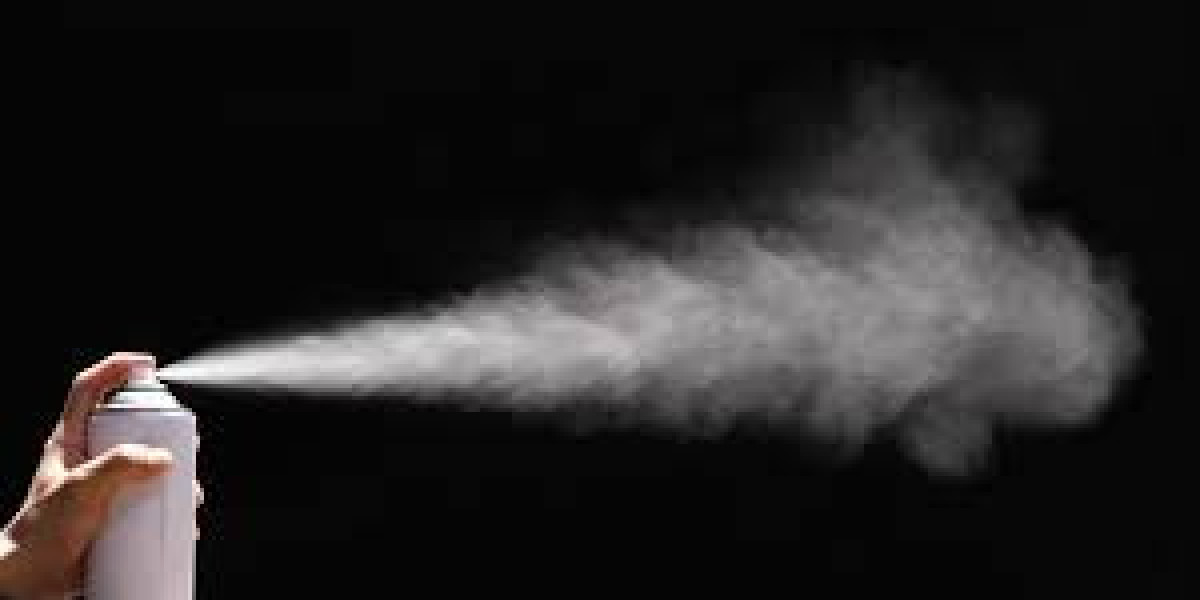In conversations about product safety and everyday convenience that often surface in the news, small parts matter a great deal. An Aerosol Can Valve is the tiny gatekeeper that turns stored content into a controlled spray and understanding how it works helps users choose safer products and handle them responsibly. This step by step guide walks through the mechanism in plain language and ties the process to practical safety habits and sourcing considerations that matter today.
First consider the outer assembly that you hold when you are about to use a can. The visible cap and the part you press are more than cosmetic. They create a small pathway that connects the internal container to the outside world. That pathway must seal tightly when not in use and open predictably when pressed. Designers shape that interface so everyday presses result in a consistent output rather than an unexpected gush or a weak puff.
Next imagine the moment the user applies light pressure to the top. A short travel of the actuator opens a tiny passage. That motion lifts a sealing element away from its seat and allows the pressurized contents to move toward the nozzle. The seal is designed to return to its closed posture as soon as pressure is released so the container stays secure during handling and storage.
Then the fluid dynamics come into play. As the contents move from the container into that narrowed passage they change their behavior. A liquid mixed with a gas or a finely compressed formulation passes through a small opening and is forced into a region with different pressure and space. That rapid change turns the stream into a fine mist or foam depending on the formulation and the nozzle geometry. Accomplishing that reliably is a balancing act between the pathway size and the pressure the can sustains.
After that the actuator and the valve spring back into position. The resealing action is essential because it prevents slow leaks and limits exposure to the environment. A valve that maintains a tight seal reduces waste and lowers the chance of accidental release during transport or storage. Good assembly practices and quality checks during production help ensure that sealing happens consistently across thousands of units.
Maintenance and handling habits extend component life. Simple actions such as replacing protective caps after use and keeping the nozzle clean preserve spray pattern and reduce clogging. When residue builds up it changes how the spray forms so a brief wipe keeps performance predictable. Storing containers upright in a cool shaded place reduces pressure swings that can influence how the valve behaves when you next press it.
Production methods influence how reliably a valve performs. Consistent machining and careful material selection reduce variation between units so people do not experience wide differences from one can to another. Manufacturers that verify valve movement and test seals during production help ensure that a product behaves in the field like it did during design evaluation. Traceable records that show testing steps also support faster responses when questions arise.
Compatibility with accessories and fittings matters for some uses. A valve that matches common caps and actuators simplifies replacement and maintenance. When components share a common interface repair or replacement is easier for users and service providers. Procurement teams also benefit because fewer unique parts reduce inventory complexity.
Safety culture and clear instructions support better outcomes. Plain language guidance on storage transport and disposal helps people avoid common mistakes. For example advising that a container not be left in direct sun or that it be kept away from open flame clarifies everyday choices that reduce risk. Packaging that includes simple handling icons and a brief checklist helps staff and consumers act appropriately without technical training.
Sustainability and responsible disposal are part of the conversation around everyday products. Durable valve assemblies and design choices that allow easier cleaning before disposal can help reduce the number of units that are discarded prematurely. Programs that encourage return or proper end of life handling align practical behavior with broader environmental concerns and lessen the burden on waste systems.
Field feedback loops between users and manufacturers improve performance over time. When service teams report recurring issues such as nozzle clogging or sticky actuation manufacturers can adjust finishes or materials to address those points. That iterative exchange produces better products and reduces support burdens for everyone who handles the items in daily use.
Regulatory scrutiny and public attention around safety make traceability more important than ever. Clear marking and batch records let manufacturers and buyers reconstruct production steps if needed. That capability helps manage recalls or targeted communication while giving procurement teams evidence about control and oversight in the supply chain.
Practical checks for end users are simple and effective. A quick visual inspection for dents or corrosion and confirming that the cap is intact will avoid many common issues. If a spray pattern suddenly changes a brief cleaning of the nozzle with a soft cloth can restore performance and reduce waste. When teams adopt short routines these small habits protect users and keep products functioning as intended.
To sum up the mechanical story the valve provides sealing actuation pressure transformation and resealing. Each part of that process depends on thoughtful design and consistent production plus sensible handling by users. Attention to those stages reduces surprises and supports reliable use whether in a workshop a household or a service van. If you are comparing component options or seeking documentation related to valve compatibility and handling visit https://www.bluefirecans.com/ .
